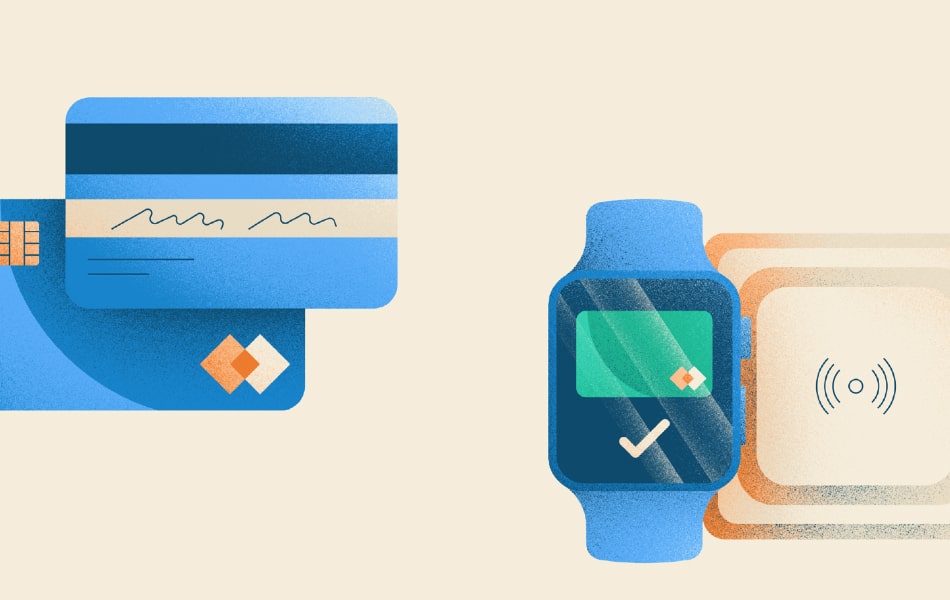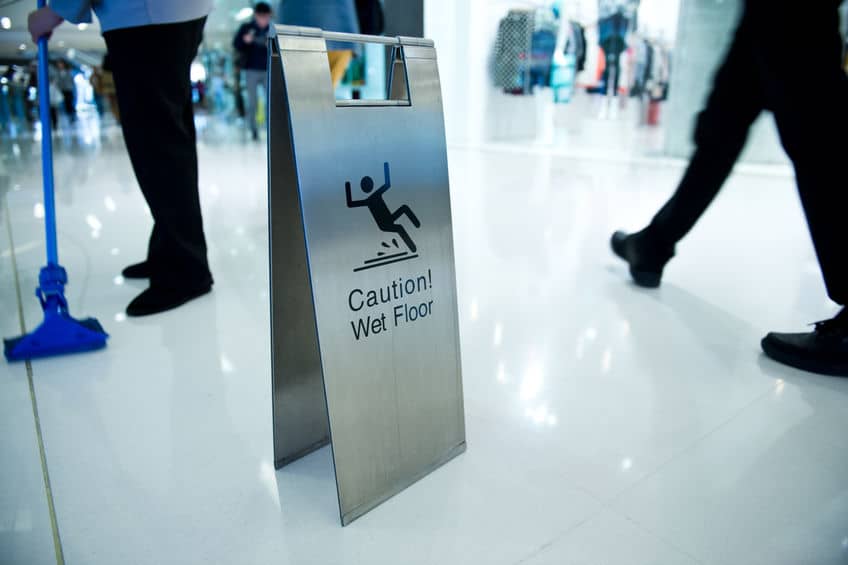It’s 2019 and using cash to buy things is becoming more and more obsolete. Instead of struggling to put all your change back into a bulky wallet, we tend to just carry our ID, debit, and credit cards to eliminate that headache. Believe it or not, only one in four people still carry cash with them. Even though everything now is just a swipe or a tap away, there are still businesses that prefer their customers to use cash rather than their card. In many regards, cash is still king, but plastic is finding its way closer to taking the throne.
So the next time you are in a rush to buy something, take a look to see if there is a sign in the window that reads “cash only.” When you see the sign hanging in the window you may wonder why that particular business prefers their customers to solely use cash instead of credit or debit cards. If this thought has ever crossed your mind, you’re in luck. This infographic from Fundera will give you an insight into the pros and cons business owners are considering before they start operating a cashless business.
Business owners realize that there are advantages and disadvantages to going cashless. For example, some advantages include the reduction of the businesses operating expenses, provides the business additional security and will improve and streamline the customer experience. However, there are pitfalls as well. These pitfalls include the exclusion of potential customers, customer concerns of being hacked, and the business has to pay the average two percent transaction fee. In hindsight, as a business owner, you must weigh which option best suits you and your customer base. The decision is not easy, but this guide will alleviate some of your frustrations.
To get a more comprehensive understanding of how going cashless can affect your business, check out the infographic from Fundera.











